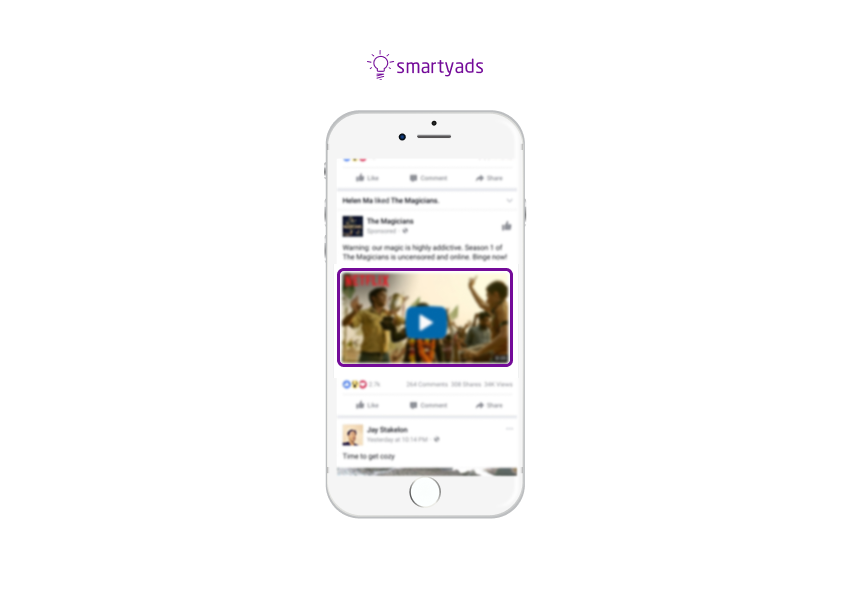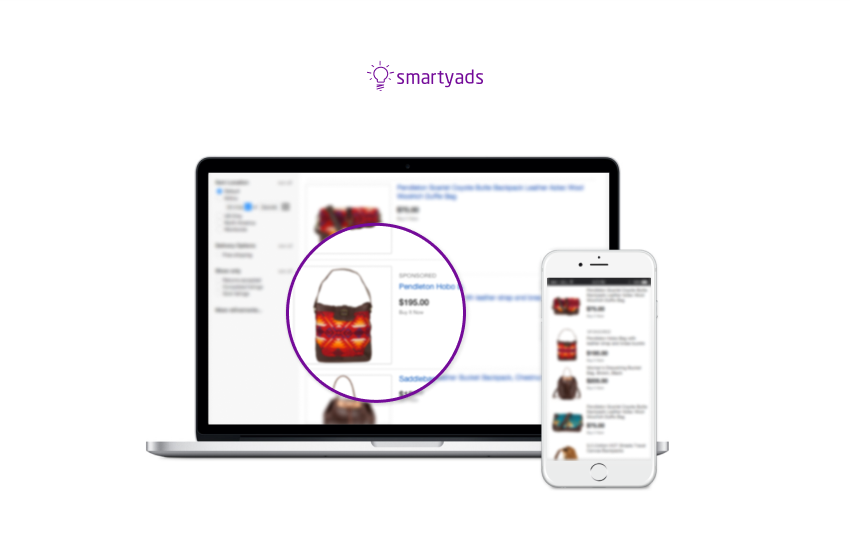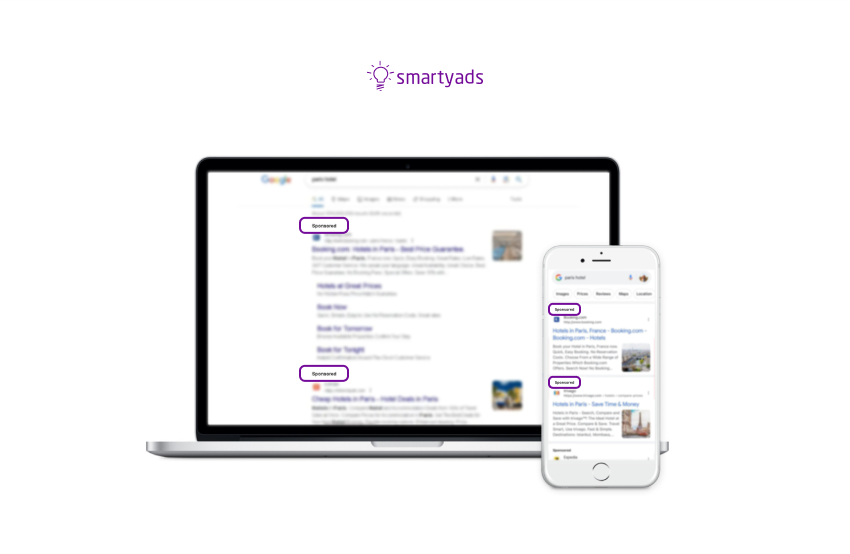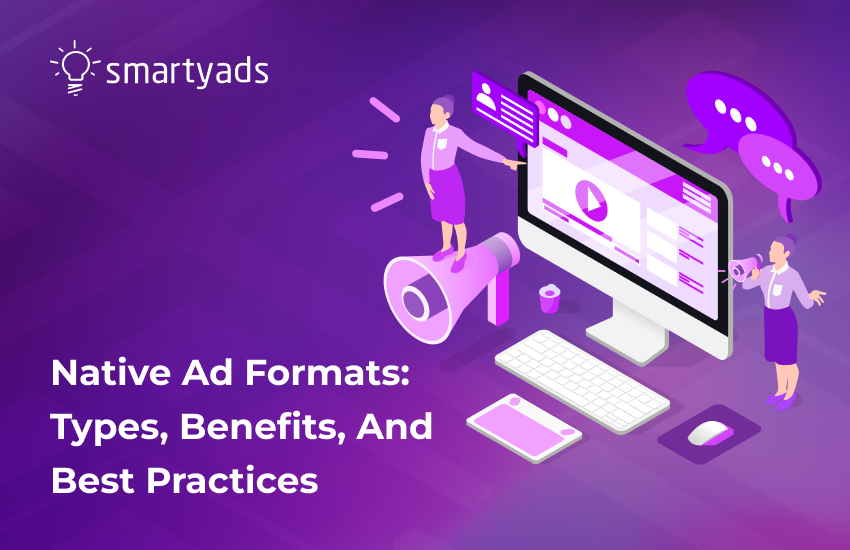A native ad looks like an authentic element of the platform and resembles its layout and design. It organically blends into the space to engage with users more effectively and thus enhance ad campaign results. When visitors see a native ad, they may not distinguish it from the content on the platform, which ensures a flawless, user-centric experience with a product promotion.
Moreover, native ads don't intrude on authenticity and ensure uninterrupted interaction. Industry specialists can profit from the potential of this paid advertising method if they clearly understand the benefits, format peculiarities, and distinctions from standard ads.
Let's get down to the details.
The time for native ads has come
The choice of native ads is a reasonable decision that allows advertisers to reach target audiences smoothly without compromising users' attitudes toward the brand. This results in ad spending and revenue growth, which is expected to reach $98.59 billion by the end of 2023.
The high competition for users' attention in the whirlpool of news, videos, stories, and images is one of the few factors affecting the wide use of a native banner ad and other native ad units. While some consumers are open to ads, the rest may feel exhausted by the variety of ad types, which leads to a dwindling attention span.
Moreover, the hours of content consumption made users increasingly immune to flashy banners, intrusive pop-ups, and explicit promotional messages. That means native advertising is a decent alternative among other advertisements to improve the ad experience in the fight for consumer interaction with an ad creative and then with a brand.
Why does a native ad format compete with a display ad format like banner ads or carousel ads, inclining marketers and advertisers to invest a considerable share of their ad spend?
Advantages of native ad formats over standard ads
Users are familiar with various digital ad types and can manage their engagement with an ad by blocking, skipping, or dismissing it. This challenges advertisers to find finer alternatives, understanding that the shift from standard ad formats to native advertising is a necessity, not a mere trend.
47% of marketing specialists worldwide deem native advertising effective for meeting their marketing goals. It offers a nailed approach to hone relationships with an audience, allowing advertisers to convert their investment in this promotional method with better results.
Therefore, let's dig deeper to reveal why a native ad is preferred to a display ad.
A solution to ad fatigue
Native ads tackle with ad irritation and blindness. Naturally, users ignore or overlook traditional display ads and may turn their attention to native ads when interacting with a platform, app, or feed.
Each native ad format tends to effectively handle ad blindness, a typical user's response to the digital ads acquired over the years. Native ads deliver promotional messages less intrusively, and this experience mimics their interaction with ordinary content.
Plus, engagement with native advertising can exceed expectations if compared with regular editorial content. Visitors may find the ad content worth sharing with others.
This ability to struggle against ad blindness has made native ads a preferred choice for many advertisers seeking to connect with their target audience less intrusively.
Enhanced ad viewability
Native ads have a viewability concept tied to user interaction and the natural flow of content. Plus, native ad sizes automatically adapt to the screen size of the device. In contrast, display ads adhere to standardized viewability metrics based on pixel measurement and time thresholds.
Native ads capture 53% more consumer attention compared to display ads. Additionally, users have higher brand loyalty (32%) by clicking on native ads than those who click on banners (23%).
Native ad viewability is often driven by user engagement, making it a more nuanced and context-aware metric than the static viewability criteria used for display ads.
Improved click-through rate
Based on the foregoing, native ads show a higher purchase intent among people clicking the ad — 52% compared to 34% for display ads.
When users interact with native ads, they are already inclined toward the promoted product or service. However, the contact with display ads may raise frustration because users are drawn in with relevant and engaging content and see distracting messages.
This advantage of native ads over banner ads underscores not only the effectiveness of native advertising in driving user engagement but also its potential to deliver tangible business outcomes, such as increased conversions and sales.
Potency in bypassing ad blockers
Roughly a quarter of users block ads on their devices, and no ad format can completely dodge ad-blocking yet.
Ad blockers detect ads that bother or break off the user experience, and native ads are less likely to trigger them.
Plus, native advertising requires user interaction to fully reveal its promotional content. For instance, they should click to expand a native ad, watch a video, or do some other activities.
Ad blockers primarily block ads that load automatically, which means that requiring user engagement, native ads can bypass ad blockers more efficiently.
Now that we've explored the nature of native advertising let's delve into the realm of native ad formats. This will help you choose the right native ad format aligned with your marketing goals and feel less overwhelmed with feasible options.
Native advertising formats
What a native advertising format to choose is a question that may be posed in advertisers' and marketers' minds. The following are the most frequently used native ad formats in the programmatic space.
In-feed native ads
Judging by the name, in-feed native ads are flawlessly integrated into social media platforms and news networks' feeds. Ad creatives match the ad space's style, tone, and format.
In-feed units imitate the layout of the page, so the promoted materials are contextually relevant and come into sight in the form of sponsored stories, posts, articles, videos, product listings, or reviews.

Mobile web native ads
Mobile web native advertising is optimized for mobile devices' screens and touch interfaces and responds to the page layout. Mobile web native ads often appear within surrounding content or as part of an app's feed.

In-app native ads
Among other types of native ads, this native advertising format is tailored to fit the in-app and in-game ecosystems. It takes on the design and functionality of the app interface, whether it's a news app, gaming app, or social media platform. Users see in-app native ads in the form of promoted posts, videos, or interactive content, able to deliver a cohesive experience.

Custom native ads
Custom native ad types offer the utmost flexibility in design and content. This format allows advertisers to craft unique and engaging content that echoes the target audience's needs, making it ideal for sponsored materials, including articles, infographics, or other formats of branded content.

Content recommendation widgets
A content recommendation widget is a link to sponsored material at the end of editorial content on a web page or feed. Widgets allow users to expand the content and get to know new bits of information.
A content recommendation widget suggests appropriate articles, services, and product descriptions in line with the niche of the website a user visits.

Native video advertising
Native video ads convey messages within editorial content. Among many types of native ads, these in-feed ads deliver branded content to targeted audiences without disrupting their browsing experience and then enticing them to click through.
Native video ads are put in the general context of websites, social media feeds, or streaming platforms, ensuring the video content flows inherently. Native video ads come in handy for entertaining storytelling and raising brand awareness. Unlike other native ads, in-feed videos play automatically without sound or are click-to-play.

Promoted listings
Promoted listings resemble organic product listings and enhance visibility and conversions. Promoted listings help users discover products that align with their interests while advertisers can profit from the sales growth.

Search native advertising format
Once users send their queries to search engines, they receive the list of results and search native ads top this list. They are marked as 'ad' or 'promotion' and contain helpful information that matches requests.
Native search ads copy the look of the organic search results so that users may confuse them and click on the promoted materials, thinking it's a piece of the platform content. However, this confusion doesn't impact users' impressions. On the contrary, customers find relevant suggestions and proceed to conversions. Brands pay for these clicks.

Programmatic native advertising: key takeaways
Programmatic advertising is a winning solution when searching for native ad inventory. Advertisers and brands are guaranteed to have their ads served to the intended audience. Plus, being delivered within the relevant context and in real time, the promotional messages have more chances to convert.
If you are looking for a reliable demand-side platform to produce high returns for your native ad campaign, benefit from SmartyAds DSP.
FAQ
Click-through rates (CTR), conversion rates, engagement rates, and return on investment (ROI) indicate the performance of native ad campaigns. Check them out to streamline creatives and obtain desired results.
By implementing native advertising, it's possible to generate leads, boost brand awareness, and grow sales.




